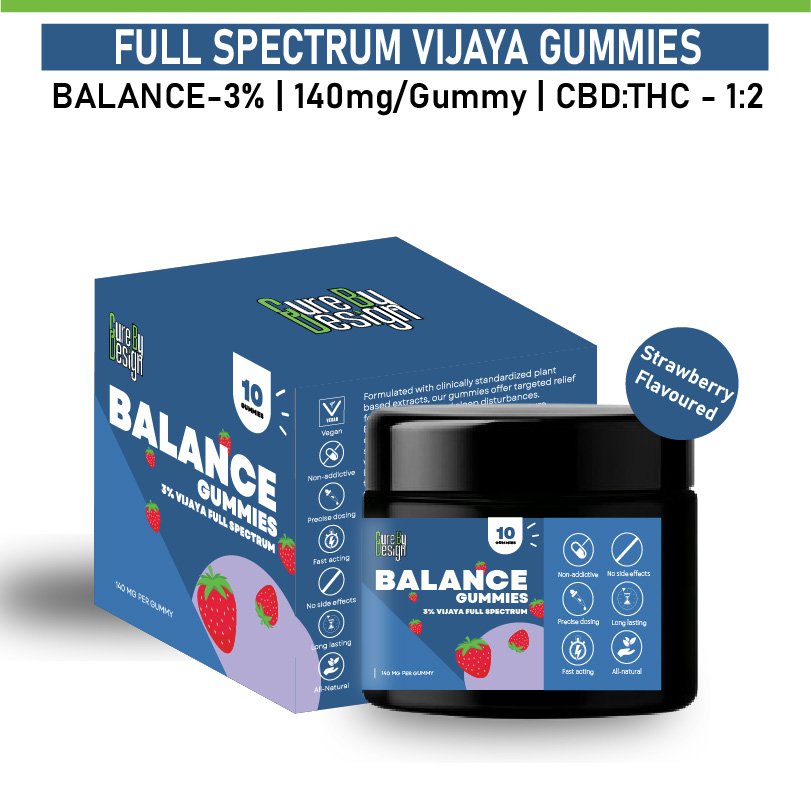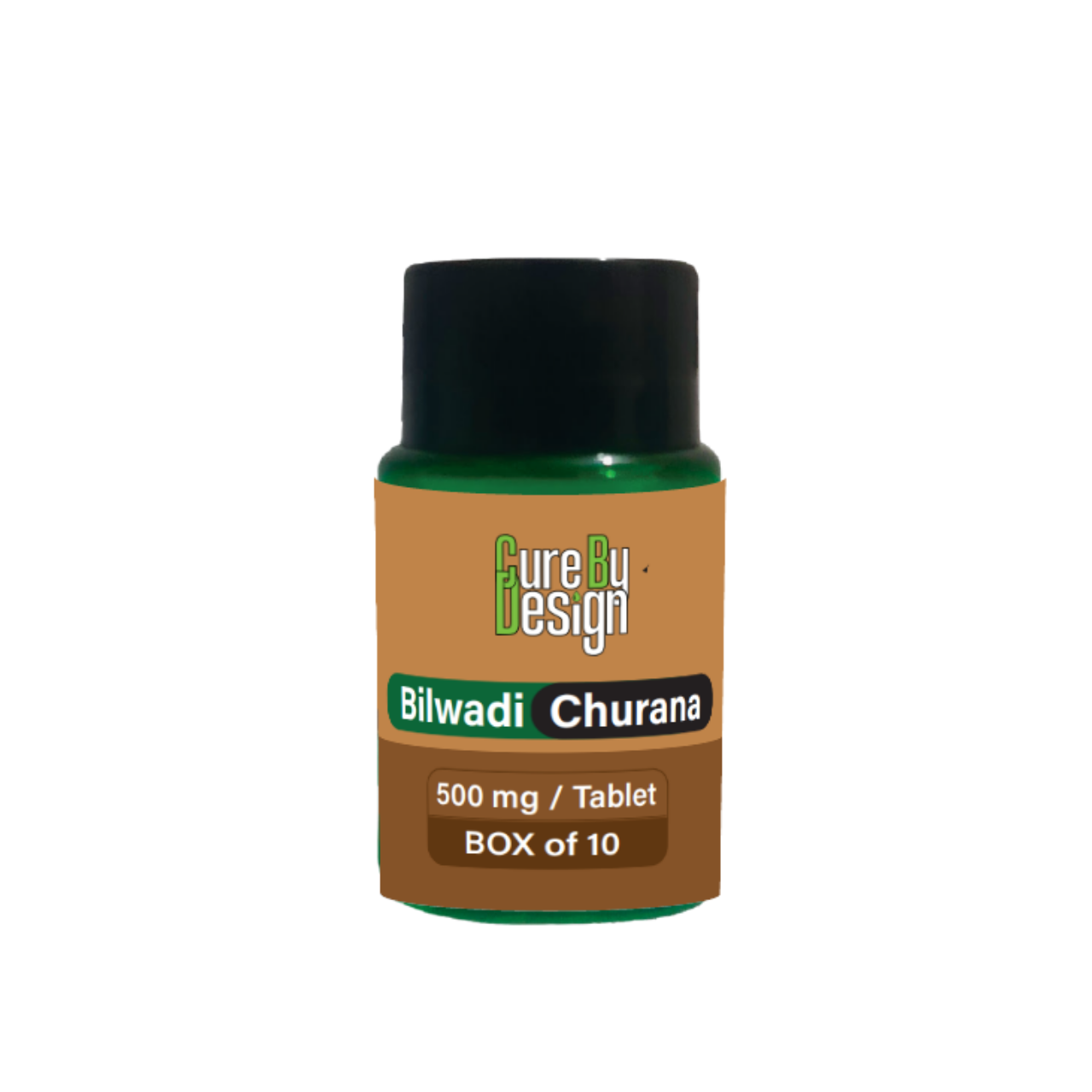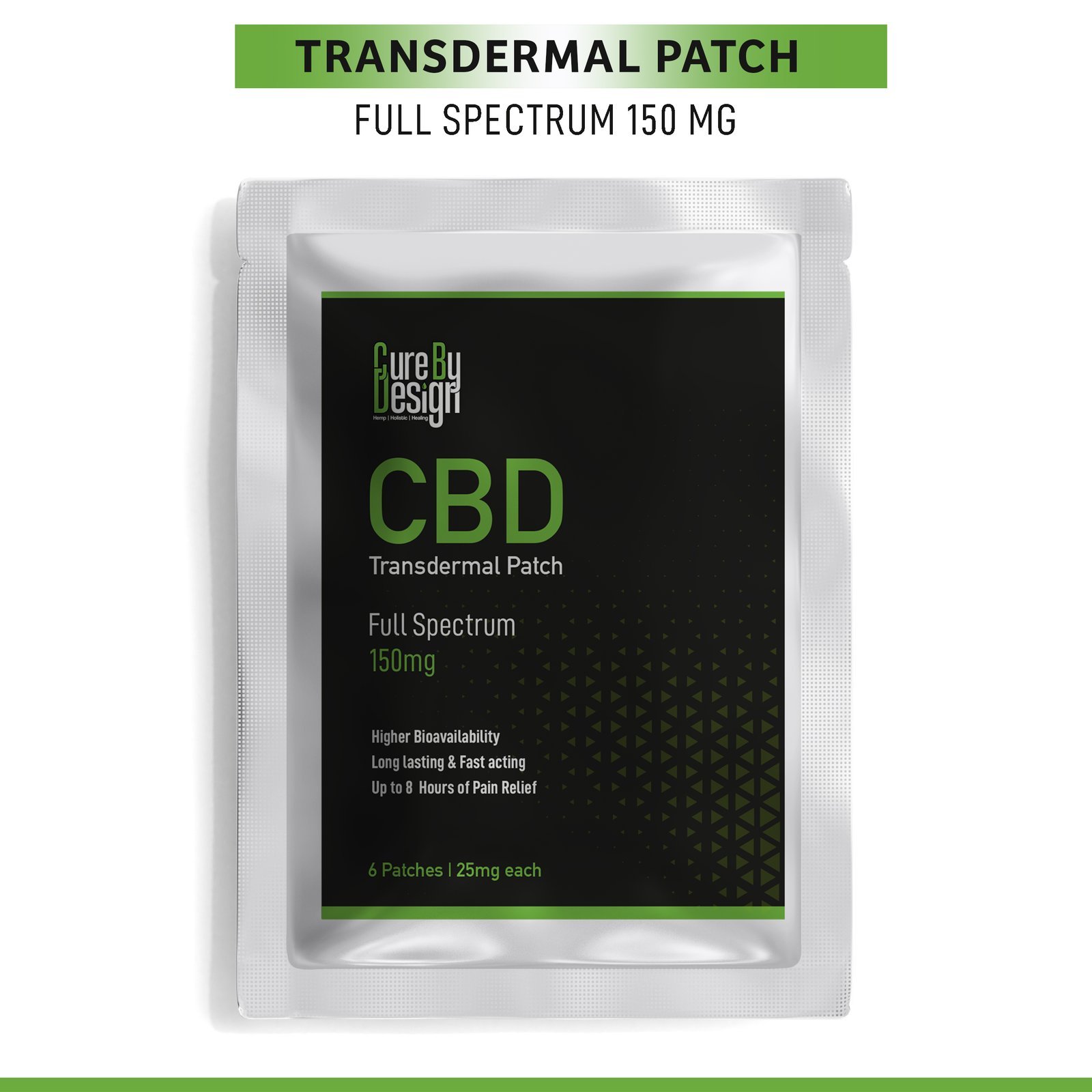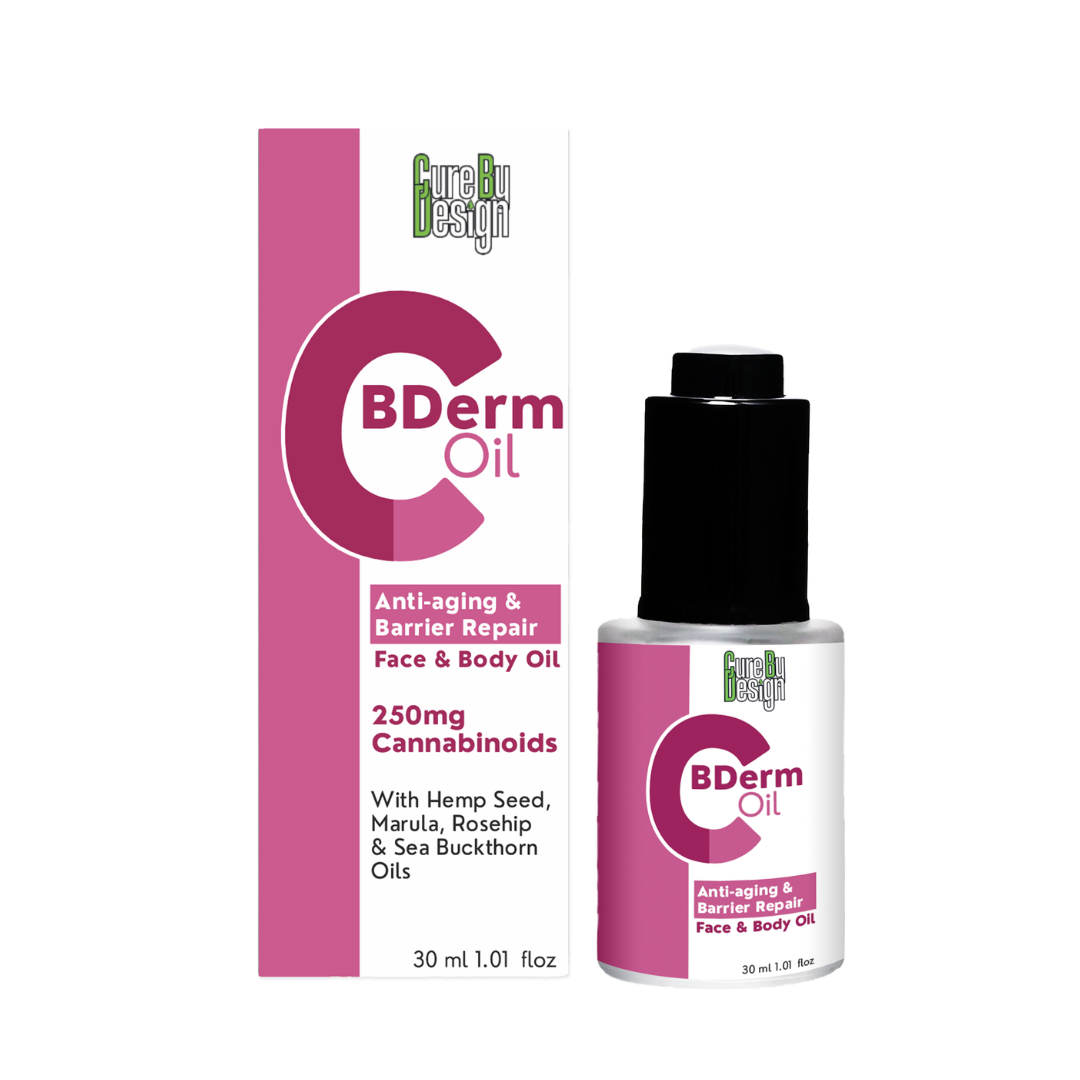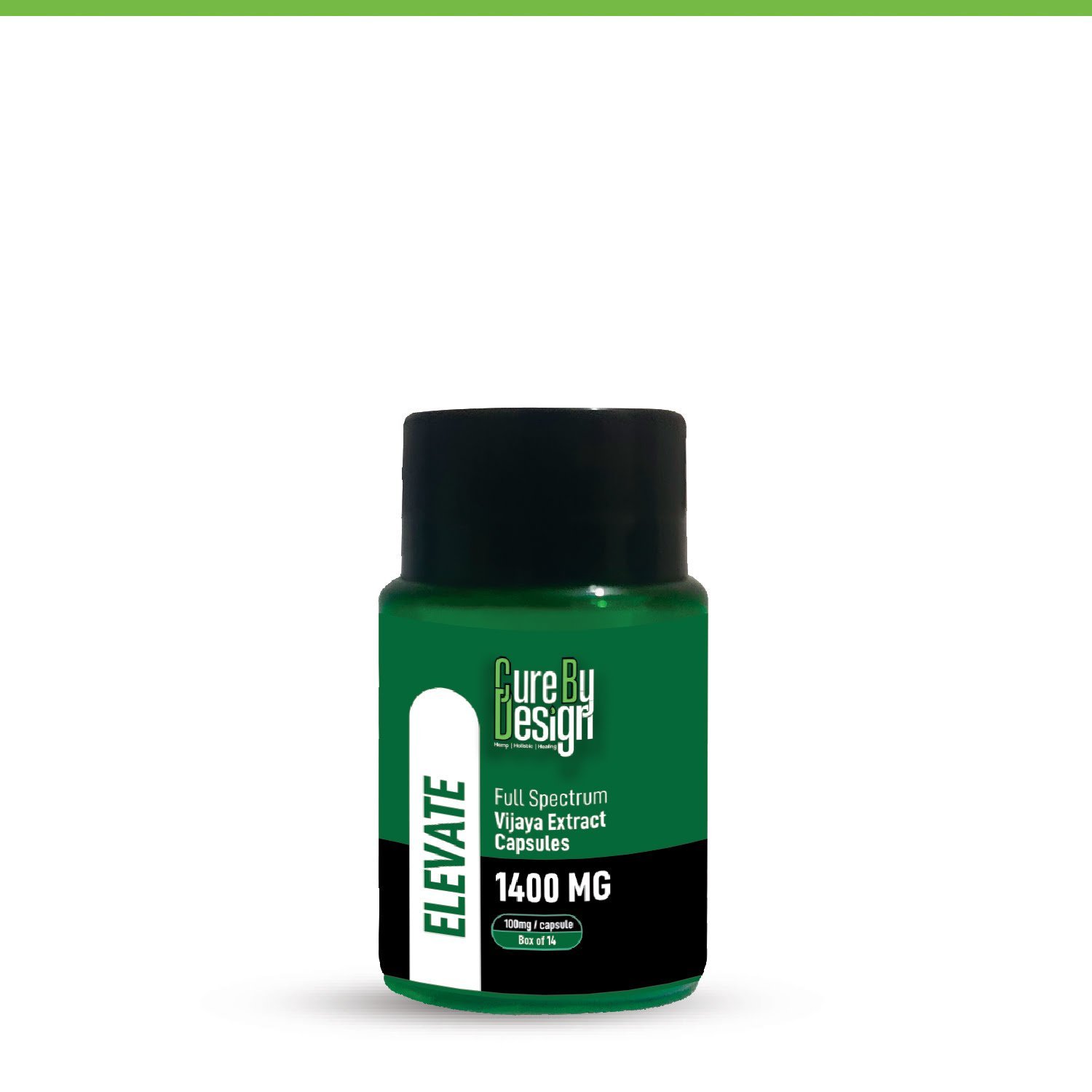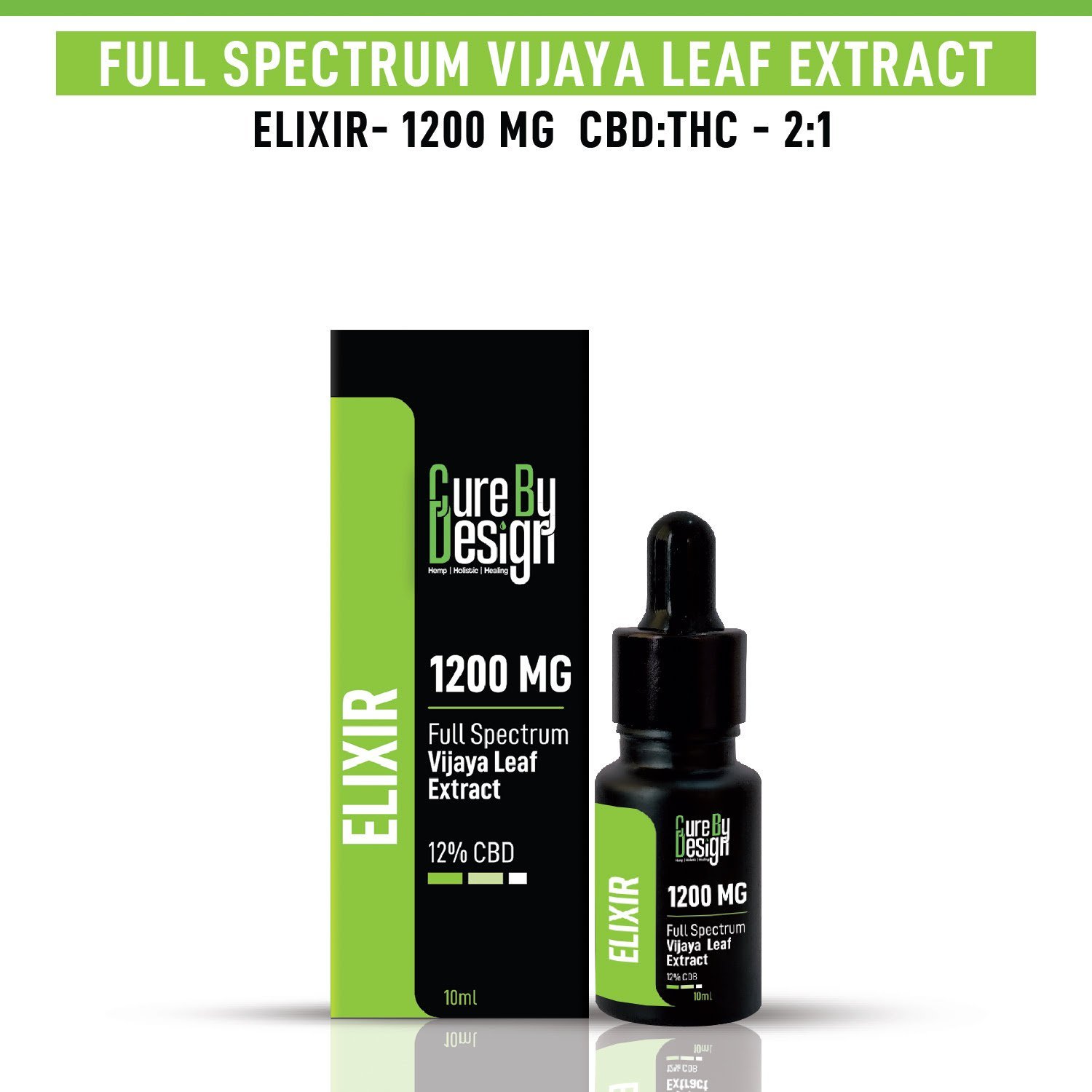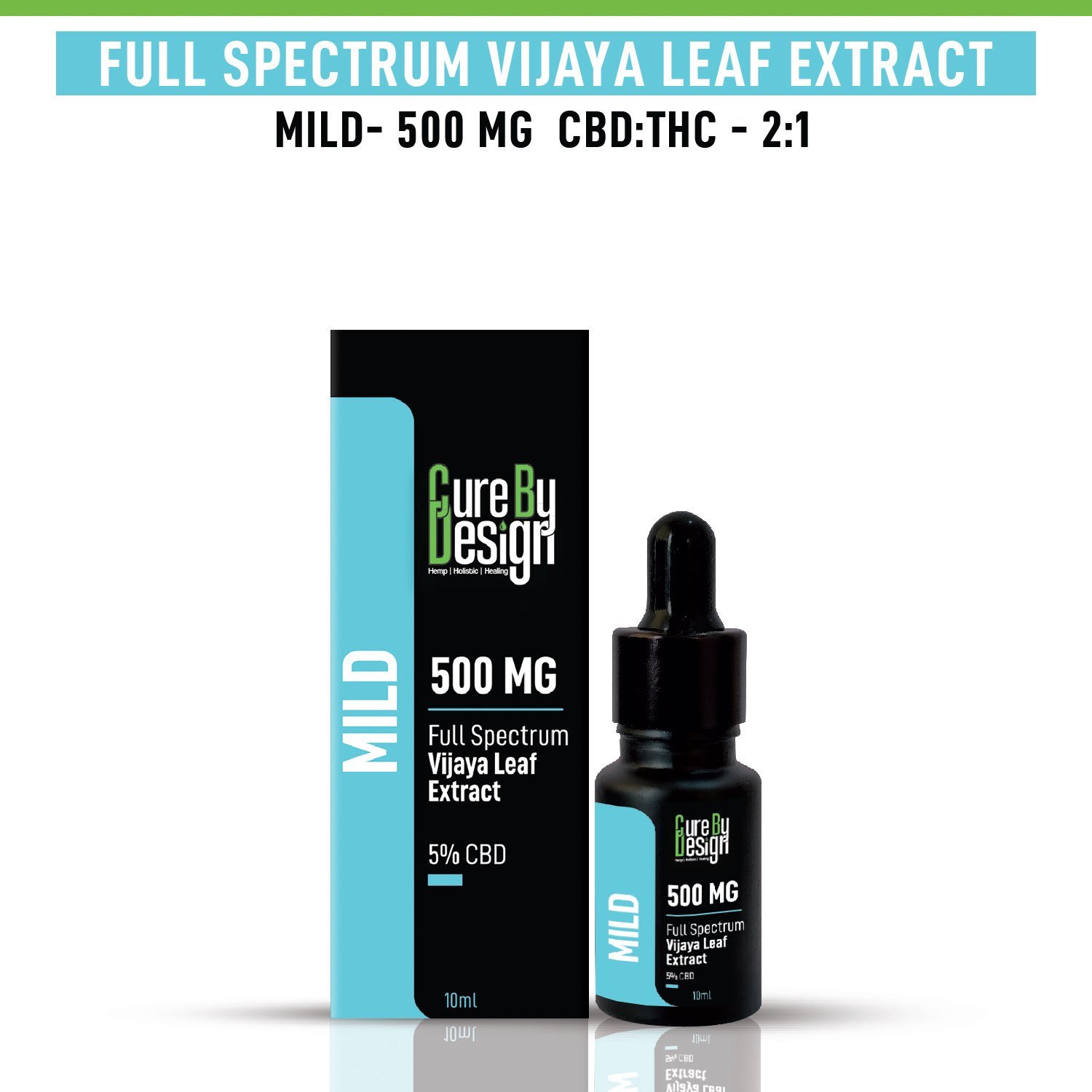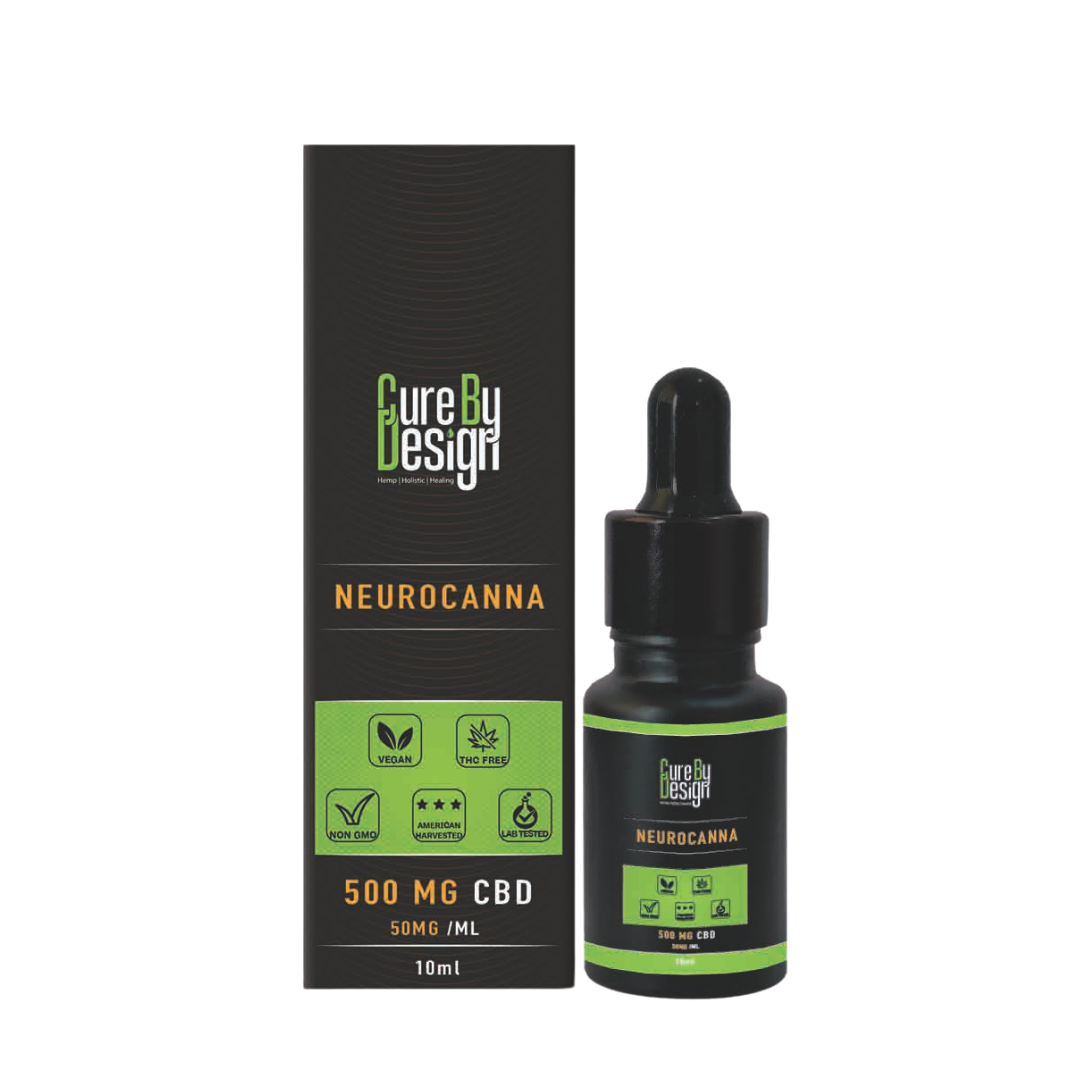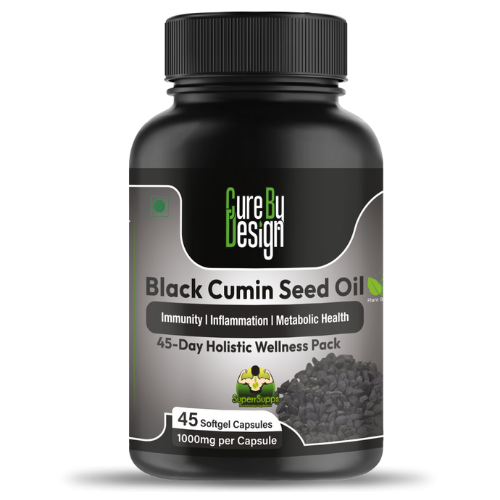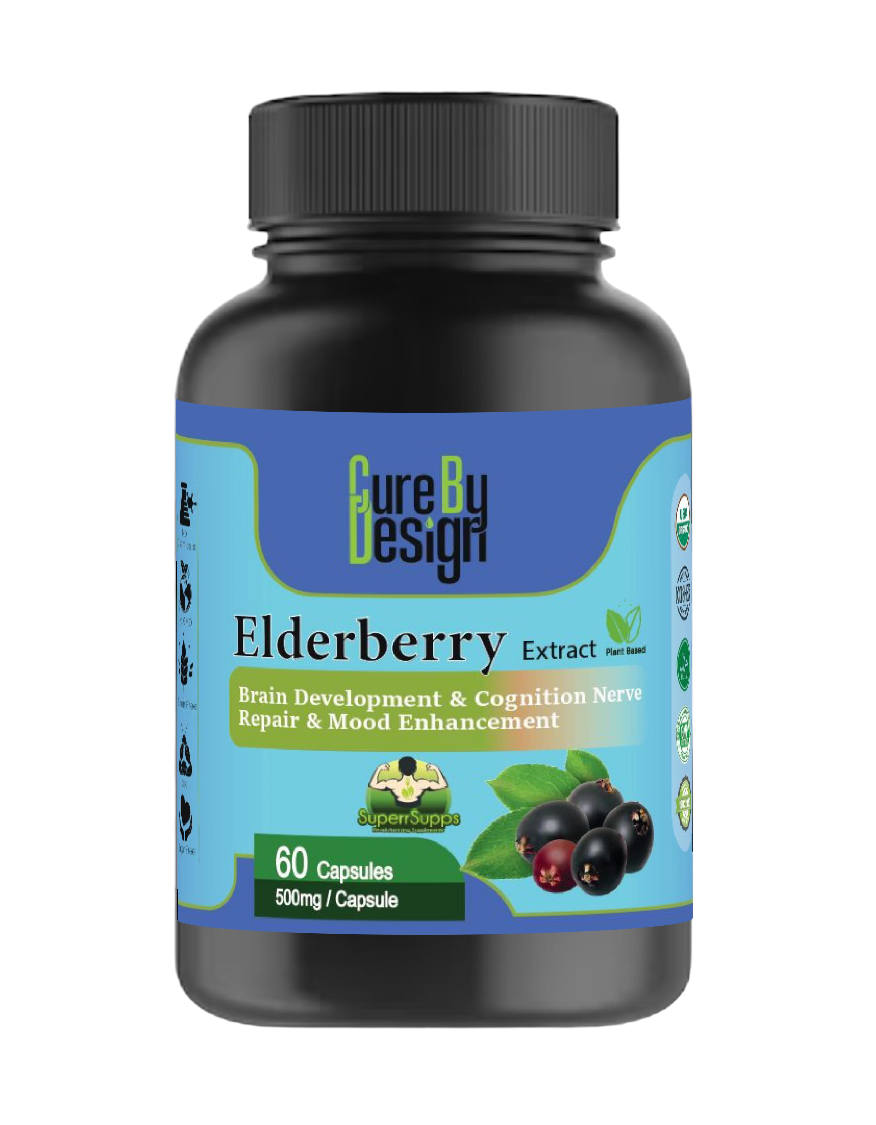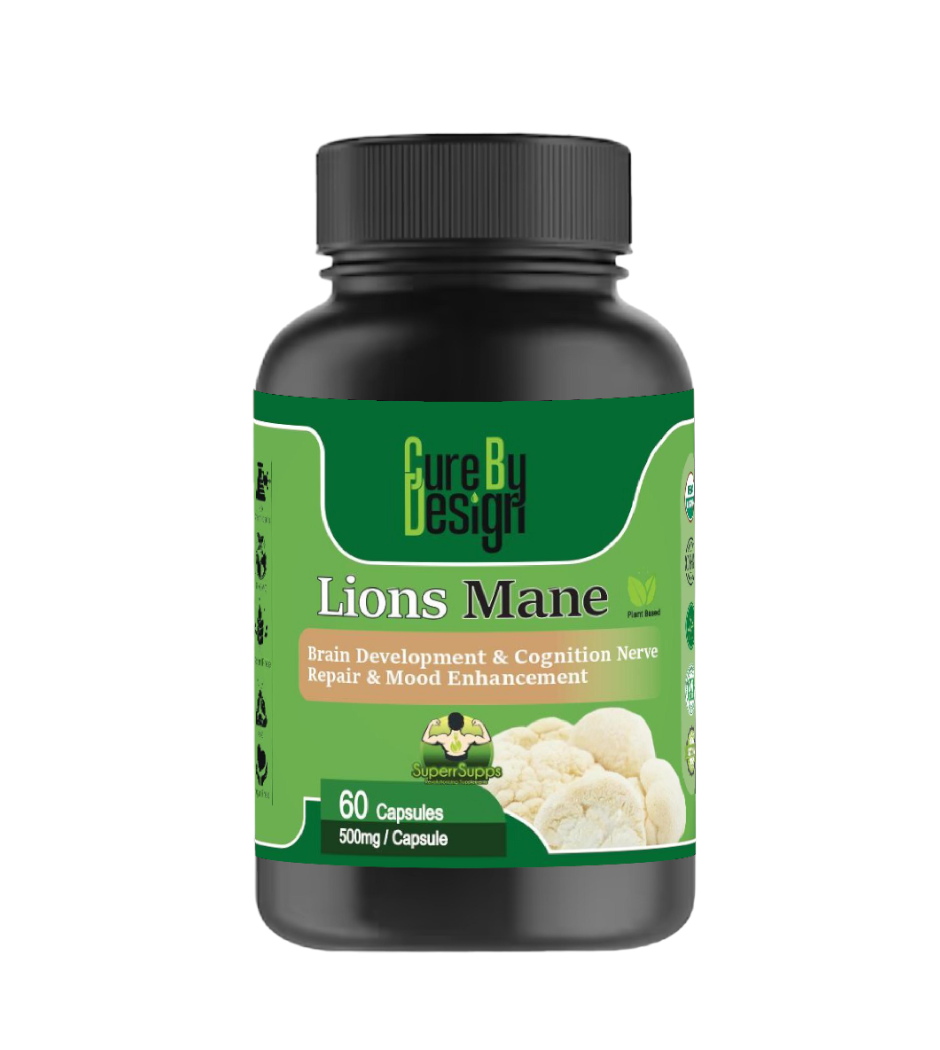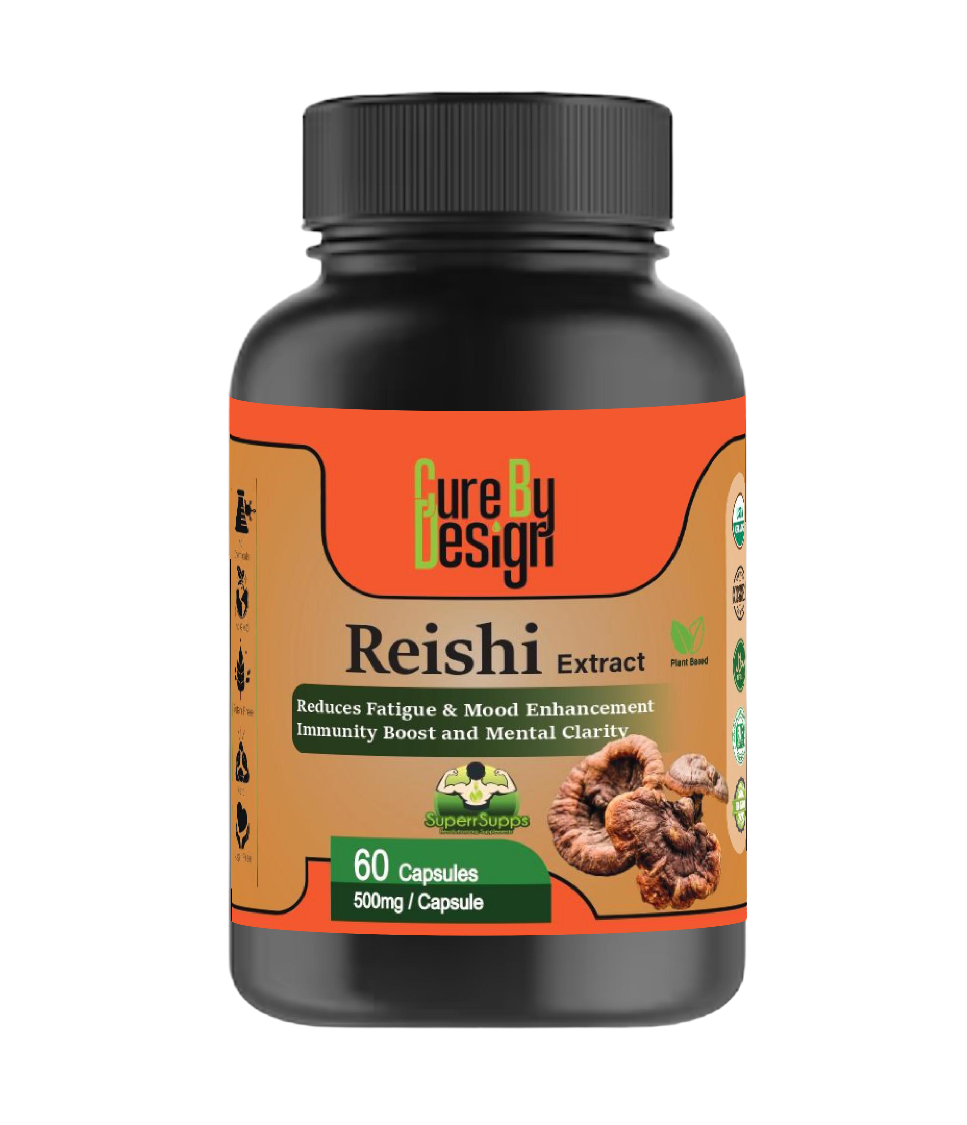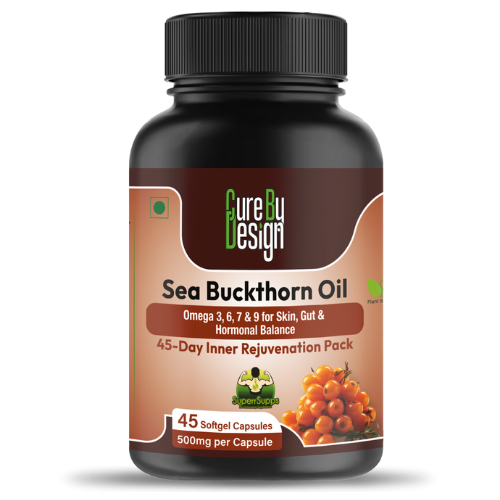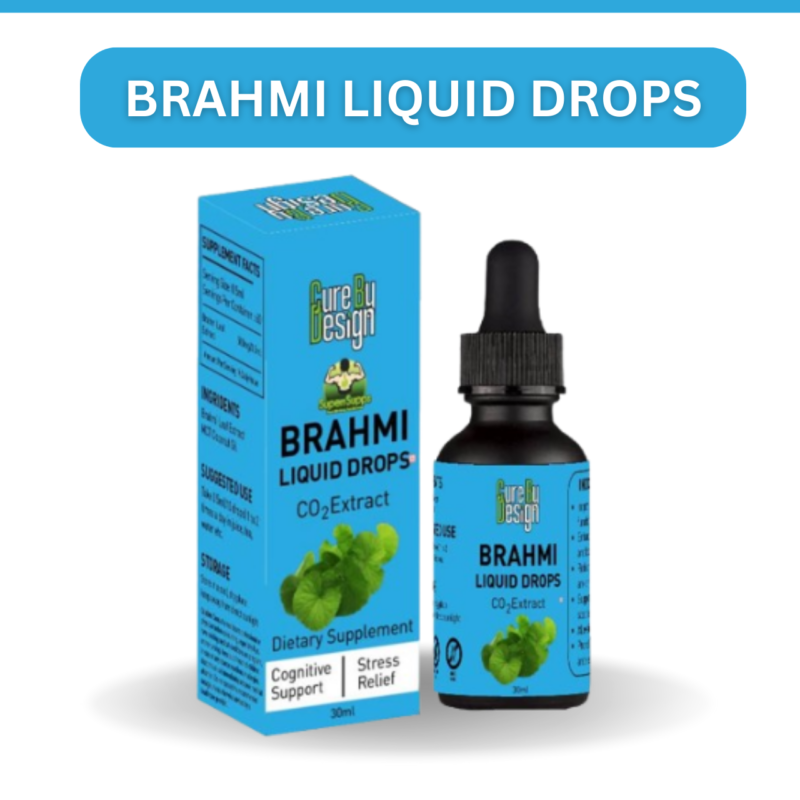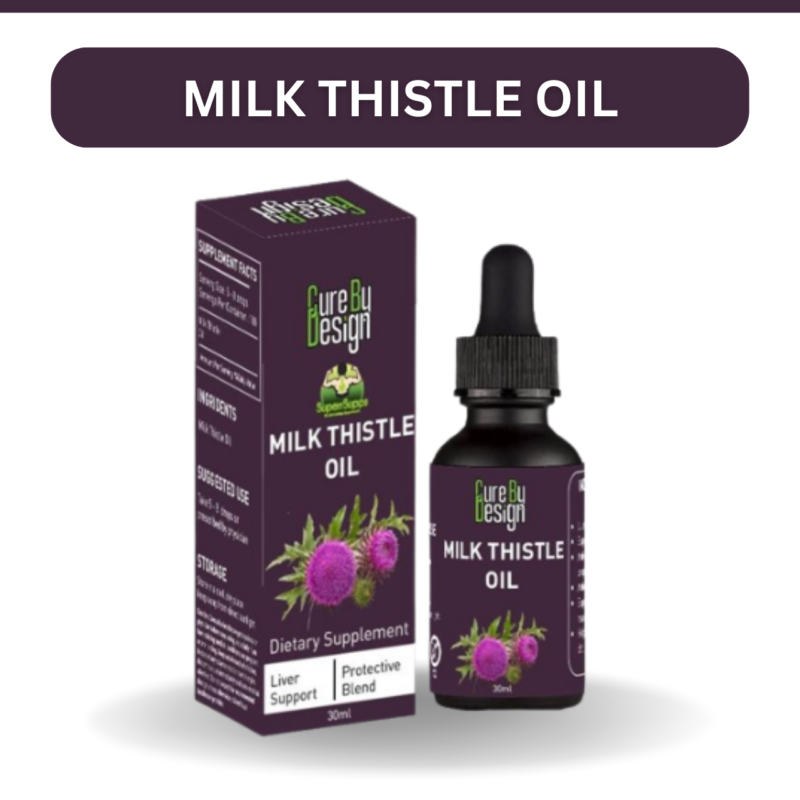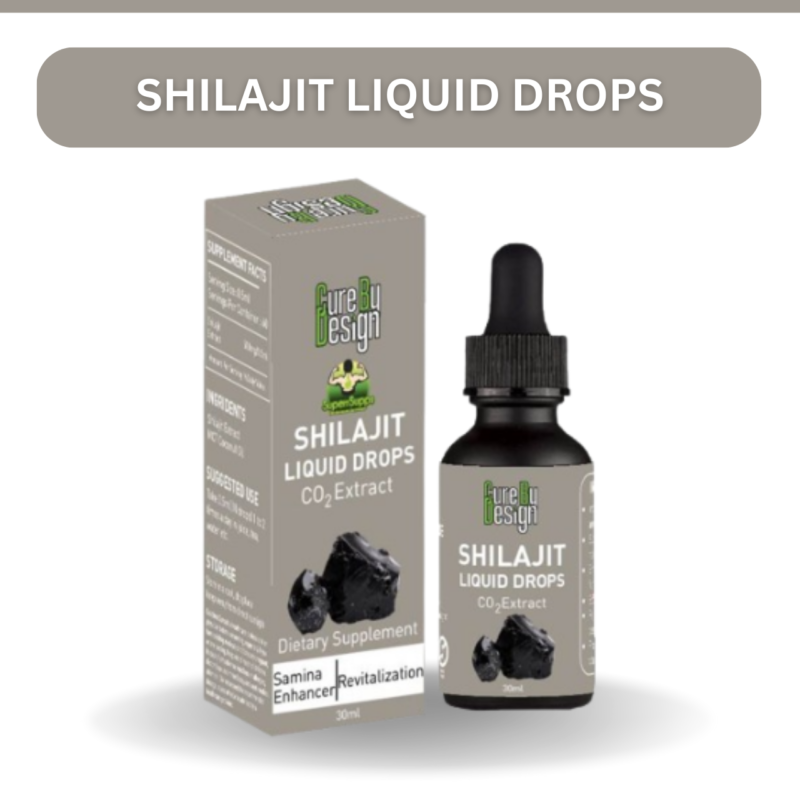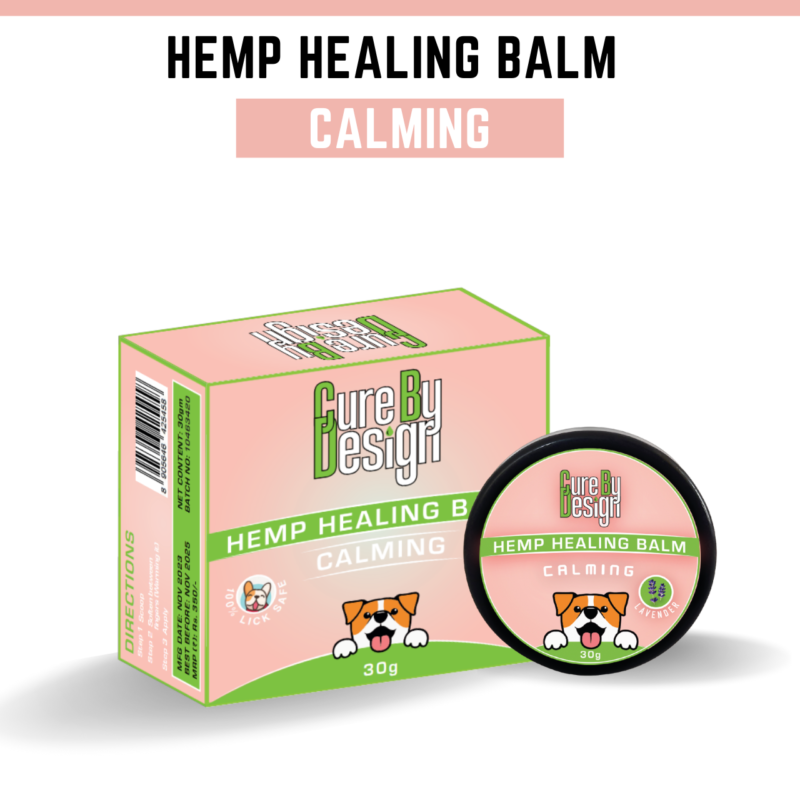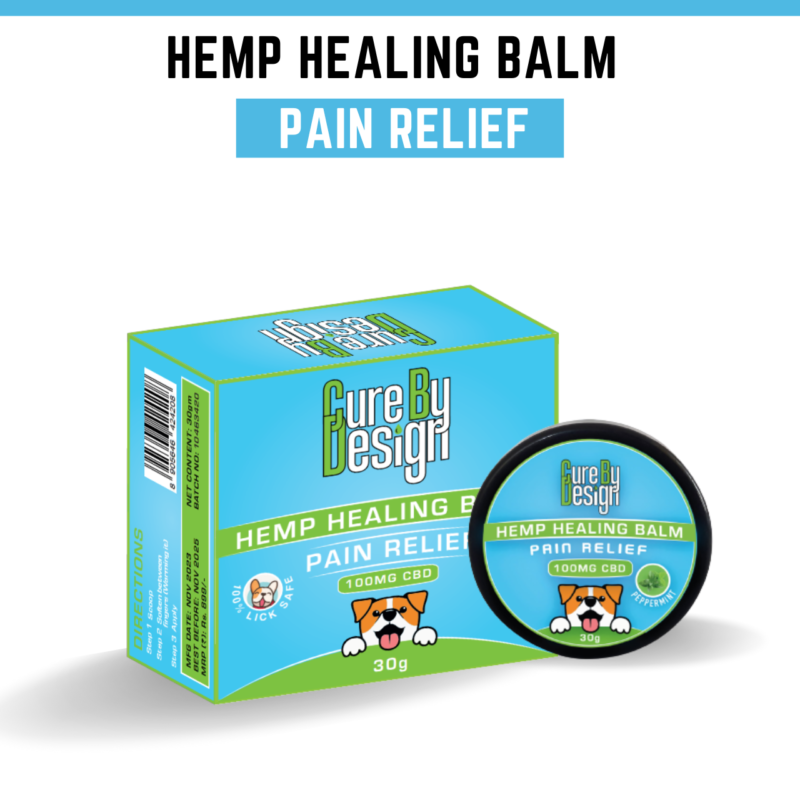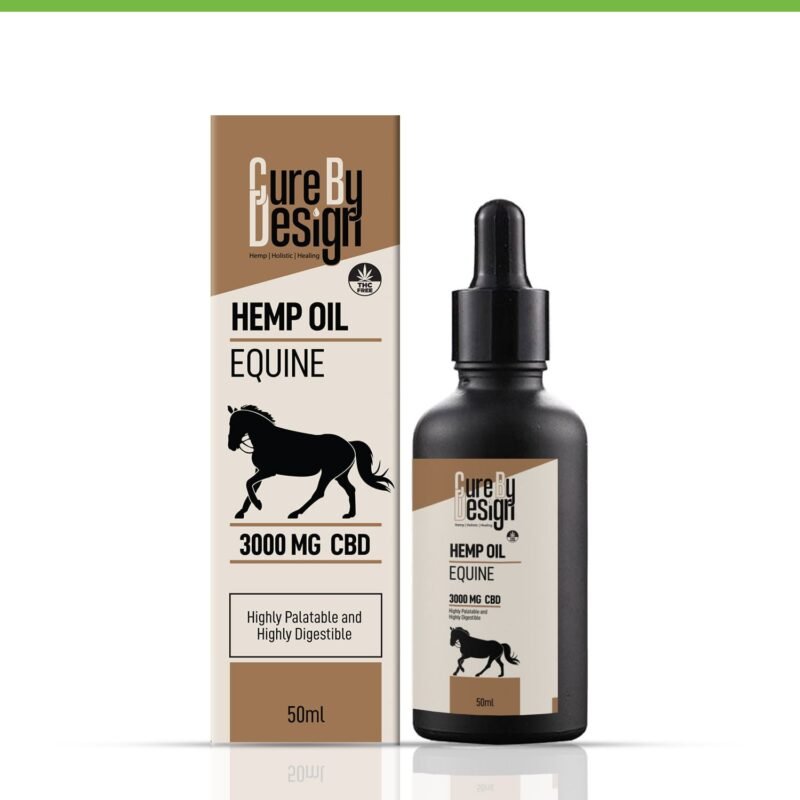Effective Ways to Use CBD for Foot Pain Relief

Table of Contents
- How CBD Works to Reduce Foot Pain
- Scientific Proof Supporting CBD for Foot Pain
- Topical CBD Options for Targeted Foot Pain Relief
- How to Apply CBD Products Safely on Feet
- Benefits of Using CBD for Foot Discomfort
- Possible Side Effects and Safety Tips for CBD Use
- Combining CBD with Other Foot Pain Treatments
- Legal and Quality Considerations When Buying CBD
- Frequently Asked Questions
Cannabidiol, or CBD, is a compound from hemp known for its pain-relieving and anti-inflammatory effects. It works by interacting with the body’s endocannabinoid system, which helps regulate pain and inflammation. For foot pain, especially neuropathic types like peripheral neuropathy or conditions such as arthritis, topical CBD products such as creams or gels are preferred because they target specific areas without affecting the whole body. Studies have shown that regular application of topical CBD can reduce symptoms of pain and swelling. When using these products, it’s important to pick high-quality options with low THC content and test them on a small skin patch first to avoid irritation.
How CBD Works to Reduce Foot Pain

CBD is a natural compound found in hemp that does not cause the psychoactive effects associated with THC. It works by interacting with the body’s endocannabinoid system (ECS), which plays a key role in regulating pain and inflammation. By increasing levels of anandamide, a naturally occurring chemical that helps block pain signals, CBD can reduce how much pain you feel. Its anti-inflammatory properties also help lower swelling in injured or painful areas of the foot, which often contributes to discomfort. CBD affects receptors involved in both pain and immune responses, offering relief by calming nerve sensitivity, especially helpful for neuropathic foot pain like burning or tingling sensations. Additionally, CBD’s impact on mood and stress levels can indirectly ease pain perception, making discomfort feel less intense. When applied topically, CBD targets pain locally without the need for systemic medication, reducing the risk of side effects or addiction since it does not create a high. This combination of anti-inflammatory and pain-relieving effects makes CBD a promising option for managing various types of foot pain, from inflammation to nerve-related issues.
Scientific Proof Supporting CBD for Foot Pain
Research increasingly supports CBD’s role in managing foot pain, especially neuropathic and inflammatory types. A 2020 clinical trial found that applying topical CBD oil for four weeks significantly reduced neuropathic pain symptoms in the feet without causing notable side effects. This aligns with animal studies where CBD lowered inflammation and pain behaviors in arthritis models, conditions often linked to foot discomfort like plantar fasciitis or arthritis. Human studies also back CBD’s potential to ease chronic and nerve-related pain by modulating nerve signals and reducing inflammation, which helps alleviate burning, tingling, and sharp sensations common in foot neuropathy. Importantly, topical CBD works locally, targeting affected areas directly and minimizing systemic exposure. Some evidence suggests CBD can reduce the need for stronger painkillers such as opioids, offering a safer alternative or complement to existing treatments. However, more research is needed to define optimal dosing and confirm long-term safety for foot pain. Overall, scientific findings support using CBD topically as an effective and well-tolerated option for localized foot pain relief.
<<Topical CBD oil (250 mg per 3 fl. oz.) applied for 4 weeks significantly reduced neuropathic foot pain without adverse effects.<Supports topical CBD as a safe and effective treatment for neuropathic foot pain.<<CBD reduces inflammation and pain behaviors in arthritis models.<Suggests potential benefits for inflammatory foot conditions like plantar fasciitis or arthritis.<<Evidence shows CBD may relieve chronic and neuropathic pain, including burning and tingling sensations.<Indicates CBD’s potential to address various foot pain symptoms.<<Some trials show CBD reduces reliance on opioids and complements other treatments like physical therapy.<Highlights CBD as a part of integrated pain management strategies.
| Study Type | Key Findings | Implications for Foot Pain |
|---|---|---|
| 2020 Clinical Trial | ||
| Animal Studies | ||
| Human Research | ||
| Additional Findings |
Topical CBD Options for Targeted Foot Pain Relief
Topical CBD products provide direct relief by targeting specific areas of the feet, such as the heels or arches, where pain often occurs. These products come in various forms including creams, lotions, gels, and roll-ons, all designed for easy skin absorption. Unlike oral CBD, topical options bypass first-pass metabolism, which means they act faster and focus the effects right where you need them. For example, roll-ons not only allow precise application but can also be used to massage the painful area, enhancing comfort. Many creams and lotions include moisturizing ingredients like coconut oil or shea butter, which help soothe dry or cracked skin, a common issue for those with foot pain. Some formulas also add natural pain-relieving agents such as menthol or arnica to boost the soothing effect. Applying topical CBD can reduce the risk of side effects linked to oral consumption since it limits systemic absorption. Choosing the right product depends on the pain’s intensity, the size of the affected area, and your personal preference. For instance, gels might be preferred for quicker absorption on smaller spots, while creams could be better for larger or drier areas. Overall, topical CBD offers a practical and effective way to manage localized foot pain with minimal systemic impact.
How to Apply CBD Products Safely on Feet
To use CBD products safely on your feet, start by choosing high-quality items from reputable brands that provide third-party lab testing. This helps ensure the product contains less than 0.3% THC, meeting legal standards and avoiding any psychoactive effects. Look for products with organic, skin-friendly bases like coconut oil or shea butter to minimize irritation. Before fully applying the product, perform a patch test on a small skin area to check for allergies or sensitivities. Clean and dry your foot thoroughly before application to improve absorption. Use a small amount of cream, gel, or oil directly on the painful spots such as the heel or toes, then gently massage the product until it is fully absorbed. Allow at least 30 minutes before washing the area or putting on socks and shoes to maximize effectiveness. Follow the dosage guidelines on the product label or clinical recommendations, which often suggest about 250 mg of CBD per 3 fluid ounces, applied twice daily. If you are uncertain about using CBD or are taking other medications, consult a healthcare provider before starting treatment.
- Select high-quality CBD products from reputable brands with third-party lab testing.
- Ensure products contain less than 0.3% THC to meet legal standards and avoid psychoactive effects.
- Check ingredients for organic and skin-friendly bases like coconut oil or shea butter.
- Perform a patch test on a small skin area before full use to detect allergies or irritation.
- Clean and dry the foot area before applying the CBD product for better absorption.
- Use a small amount of cream, gel, or oil directly on the painful spot, such as the heel or toes.
- Massage the product gently until it is fully absorbed into the skin.
- Wait at least 30 minutes before washing the area or putting on socks and shoes to allow absorption.
- Follow dosage guidelines on the product label or clinical trial recommendations (about 250 mg CBD per 3 fl. oz. twice daily).
- Consult a healthcare provider if unsure about CBD use or if taking other medications.
Benefits of Using CBD for Foot Discomfort

CBD offers a practical approach to easing foot discomfort by providing targeted pain relief without causing any psychoactive effects. When applied topically, it works directly on the affected areas, reducing inflammation that often leads to swelling and added pressure in painful spots like the heel or arch. This anti-inflammatory action can be especially helpful for conditions such as plantar fasciitis or arthritis. Beyond general pain, CBD also addresses neuropathic symptoms such as burning, tingling, or sharp sensations, which are common in nerve-related foot issues. As a drug-free option, it serves as a non-invasive alternative or supplement to traditional pain medications, potentially lowering the reliance on opioids or NSAIDs and their related side effects. Since topical CBD limits systemic absorption, it carries a lower risk of unwanted effects, making it suitable for use throughout the day as needed. Many users find that regular application supports better foot comfort during activities like walking or standing, which can improve overall mobility and quality of life. Additionally, CBD products often include moisturizing ingredients that help keep the skin hydrated, contributing to healthier feet while managing pain.
Possible Side Effects and Safety Tips for CBD Use
Topical CBD is generally safe and well tolerated, with minimal risk of side effects. However, some people might experience mild skin irritation or allergic reactions, especially if they have sensitive skin. To avoid this, it’s a good idea to perform a patch test on a small area before applying CBD products to larger areas of the feet. Unlike oral CBD, which can interact with certain medications due to higher systemic absorption, topical use typically results in much lower levels in the bloodstream, reducing the chance of drug interactions. Still, if you are taking prescription medicines, it’s wise to consult a healthcare professional before starting any CBD regimen. Avoid using CBD products during pregnancy or breastfeeding since there isn’t enough safety data in these cases. When choosing CBD products, always check labels carefully to ensure they come from reputable sources, are free from contaminants, and contain accurate CBD amounts. Look for products tested by third-party labs, which provide reliable purity and dosing information. If you notice any unusual skin reactions or other adverse effects, stop use immediately and seek medical advice. Keep in mind local laws and regulations before purchasing or using CBD, as these vary by location. Proper storage of CBD products, away from heat, light, and moisture, helps maintain their potency and effectiveness over time.
Combining CBD with Other Foot Pain Treatments
Using CBD alongside other treatments can improve overall foot pain relief. For example, CBD’s anti-inflammatory and pain-reducing properties may enhance the benefits of physical therapy by making exercises less uncomfortable and promoting faster recovery. Pairing CBD with orthotics or supportive footwear helps address structural foot problems while managing pain symptoms. Incorporating gentle stretching and strengthening exercises together with CBD use can support better mobility and reduce stiffness. Some people find that combining topical CBD with heat or cold therapy offers added comfort by calming inflamed tissues and numbing painful areas. Additionally, CBD might allow for lower doses of over-the-counter pain relievers, but it is important to consult a healthcare provider before mixing CBD with any medications to avoid interactions. Regular foot care, such as moisturizing and keeping feet clean, complements CBD’s effects by preventing skin issues that could worsen pain. Lifestyle changes like managing weight can reduce foot strain and improve treatment outcomes when combined with CBD. Tracking pain levels and how you respond to different therapies can help tailor a personalized approach, ensuring you get the most benefit from combining CBD with other foot pain treatments.
Legal and Quality Considerations When Buying CBD
When purchasing CBD products for foot pain relief, it’s important to understand legal and quality factors to ensure safety and effectiveness. In the U.S., CBD products must contain less than 0.3% THC to be federally legal, but state and local laws can vary, so always check your region’s rules before buying. Choose products from reputable brands that provide third-party lab reports verifying the CBD content and absence of harmful contaminants. Avoid products making unproven medical claims or lacking clear ingredient lists, as transparency is key. Depending on your needs, you can select full-spectrum, broad-spectrum, or isolate CBD types; full-spectrum includes trace THC and other cannabinoids, broad-spectrum excludes THC, and isolate is pure CBD. Be cautious of very low-priced products, which may have poor quality or inaccurate labeling. Look for certifications such as organic or GMP (Good Manufacturing Practice) compliance to confirm product standards. It’s also essential to distinguish between hemp-derived CBD, which is federally legal if compliant with THC limits, and marijuana-derived CBD, which may be subject to stricter laws. Verify that the extraction method avoids harmful solvents, ensuring a clean product. Staying informed about evolving regulations and ongoing research helps you pick safe and reliable CBD options that truly support foot pain relief.
Frequently Asked Questions
1. How exactly does CBD help reduce foot pain?
CBD interacts with the body’s endocannabinoid system, which helps regulate pain and inflammation. When applied to foot pain, CBD may reduce inflammation in the affected area and ease discomfort by impacting pain receptors.
2. What’s the best way to apply CBD for foot pain relief?
Topical application is often the most effective for foot pain. Using creams, balms, or oils directly on the sore spots allows CBD to target inflammation and pain locally, offering faster relief compared to oral methods.
3. Can using CBD for foot pain cause any side effects or risks?
Most people tolerate CBD well, but some may experience mild side effects such as skin irritation when applied topically. It’s important to patch test first and consult a healthcare provider, especially if you’re on other medications or have sensitive skin.
4. How long does it usually take for CBD to work on foot pain?
The time varies depending on the method used. Topicals can start working within 15 to 30 minutes, while oral CBD might take longer, around 30 minutes to an hour. Consistent use may also improve results over time.
5. Is there a particular type of CBD product that’s better for foot pain?
Full-spectrum or broad-spectrum CBD topicals are often preferred because they contain various cannabinoids and terpenes that may enhance pain relief. Choosing products designed specifically for joint or muscle pain can also be more effective.

